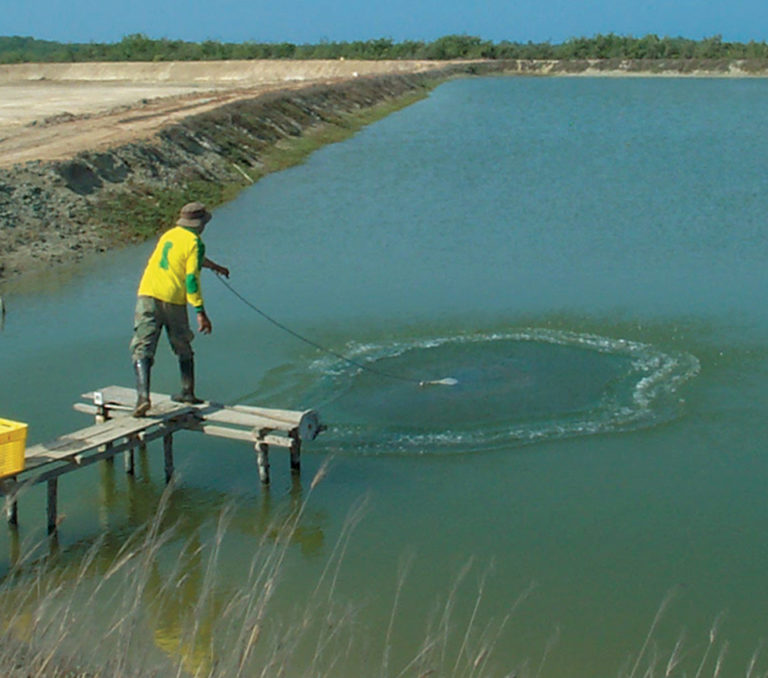
Aquafeeds
Fishmeal replacement in diets effective at shrimp farm trials
Shrimp farm trials demonstrated the feasibility of fishmeal replacement with soybean and corn gluten meal with little adverse effect on production performance.
Aquafeeds
In a white shrimp farm trial in a low-salinity environment, alternatives to fishmeal did not negatively impact the growth, survival or FCR of the shrimp.

Aquafeeds
Shrimp farm trials demonstrated the feasibility of fishmeal replacement with soybean and corn gluten meal with little adverse effect on production performance.
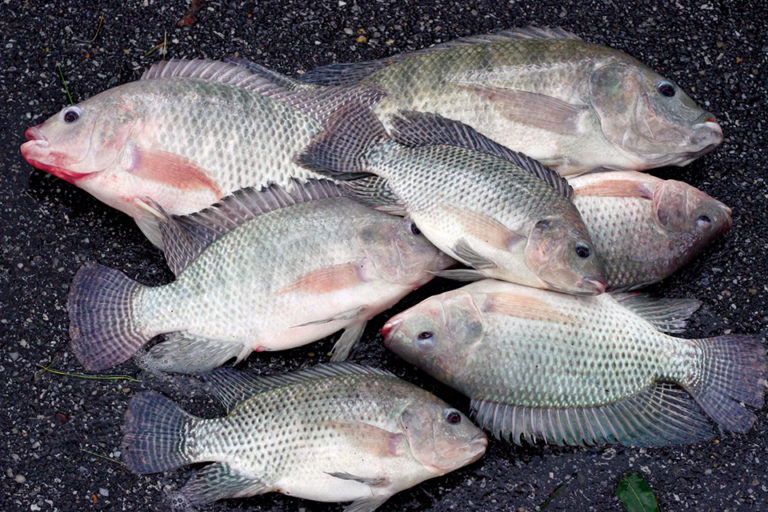
Health & Welfare
A study of Nile tilapia provided feed with varying dietary lipid sources found that fish fed a diet with beef tallow exhibited poorer survival and growth performance than fish fed diets with plant oils, fish oil, or combinations of oils and tallow.
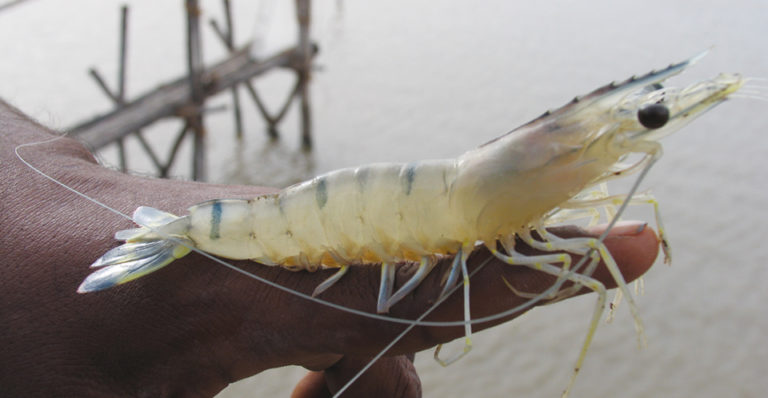
Health & Welfare
Trials indicated that in order to determine methionine and TSAA requirements for shrimp, methionine must be added to research feeds in either a chelated or covalently bound form.
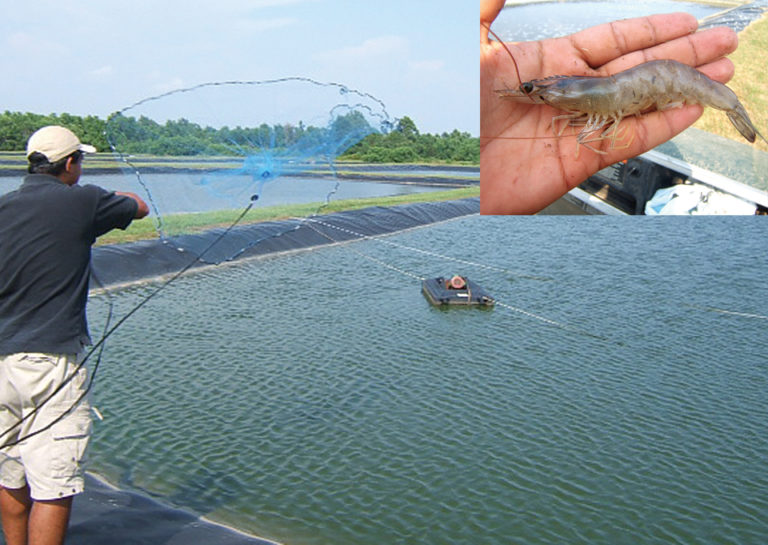
Aquafeeds
A commercial-scale shrimp feed trial demonstrated that soybean meal and corn gluten meal are effective protein alternatives to fishmeal in shrimp feeds.
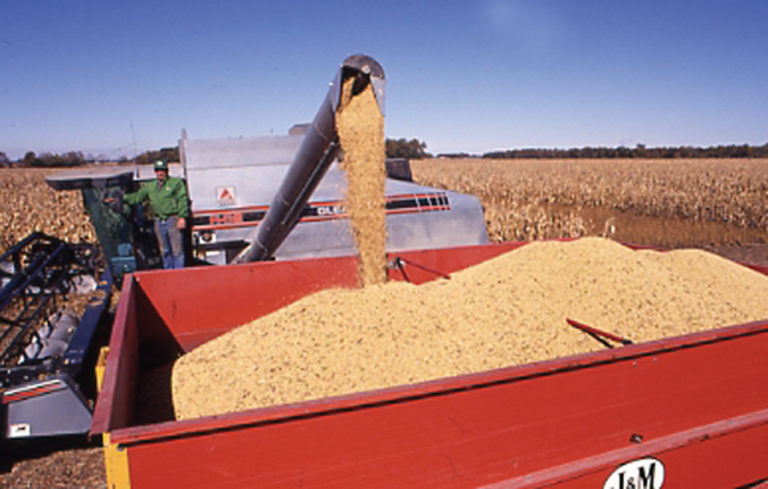
Health & Welfare
Despite research challenges, ongoing work on phytase supplementation in shrimp is striving to enhance shrimp feed performance in similar ways.
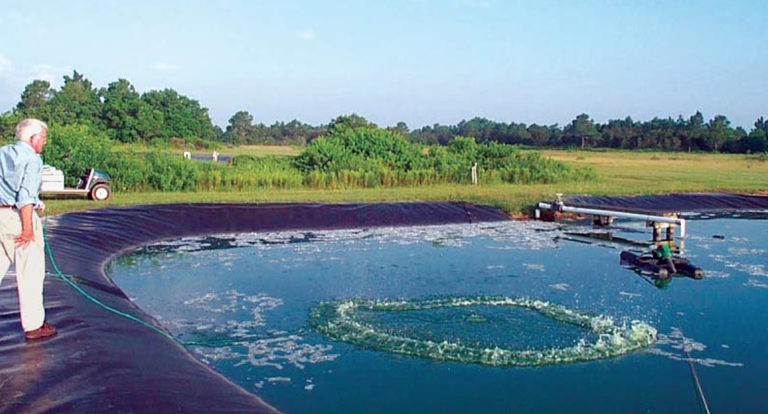
Aquafeeds
Underfeeding can slow growth rates and overfeeding adversely affects water quality so it is critical to adjust feeding rates to meet actual demands of shrimp.
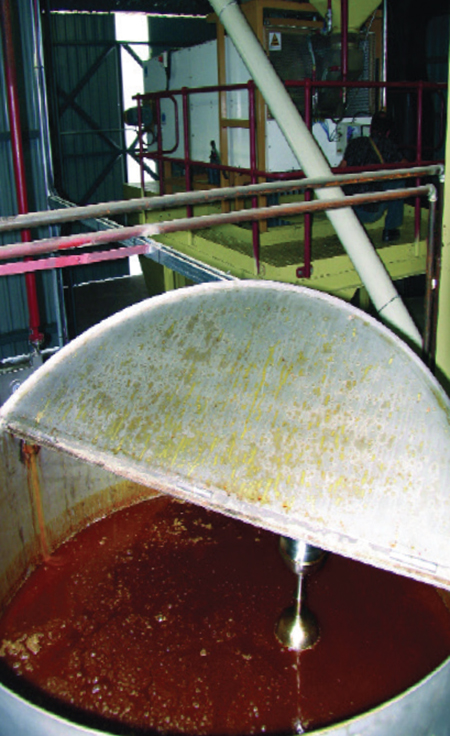
Health & Welfare
Penaeid shrimp need the same nutrients required by all animals, including protein, lipids, energy sources, vitamins, minerals, oxygen and water.
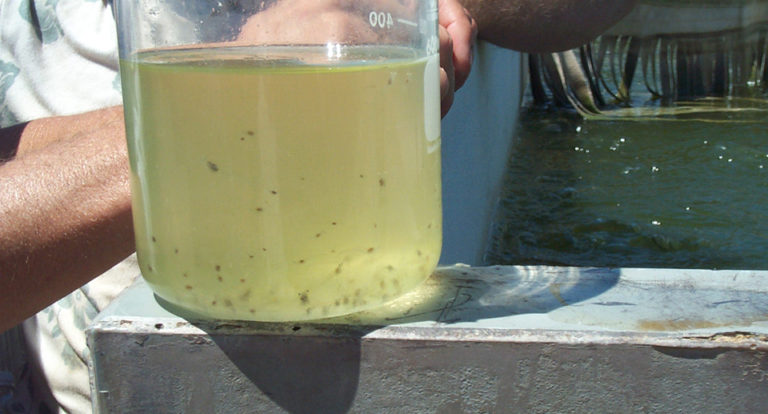
Health & Welfare
Numerous environmental, social and economic advantages support the expansion of euryhaline shrimp and fish production away from coastal environments.
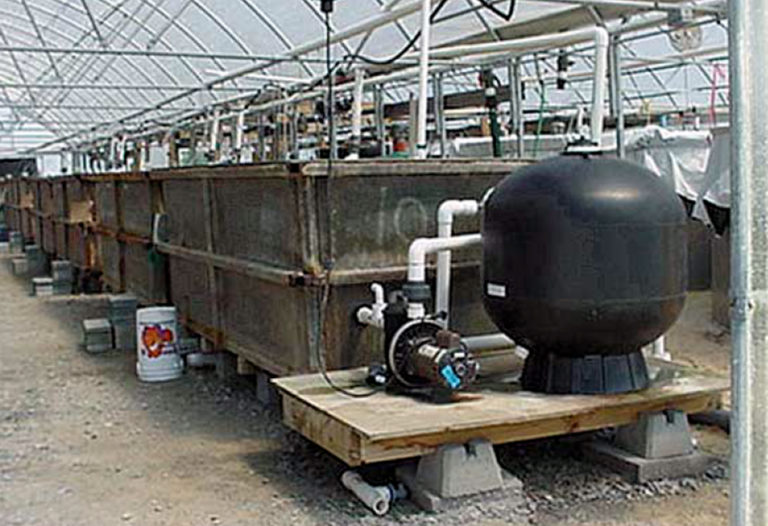
Health & Welfare
A nursery phase is a significant management strategy for many shrimp farmers in tropical regions and is becoming standard practice in subtropical regions.
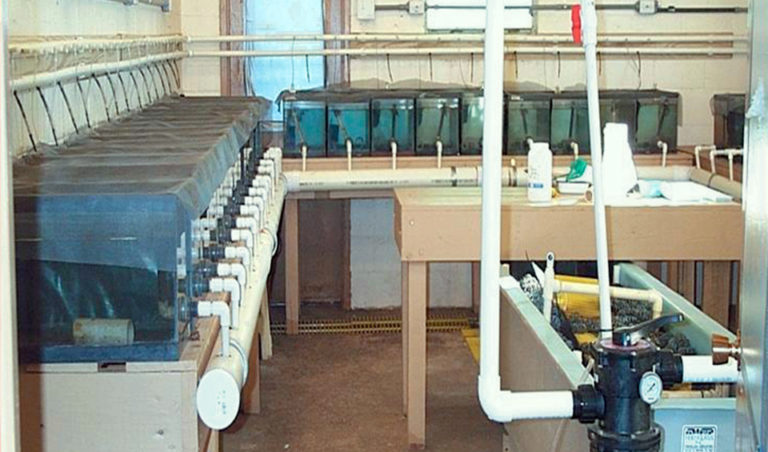
Health & Welfare
In an experiment in which tilapia were sorted by size and reared separately, large individuals maintained their size advantage after eight weeks of culture.

Aquafeeds
Yellowtail snappers produce small larvae that are a challenge to rear. Initial protocols have resulted in survival of only 3 percent from egg to juvenile.
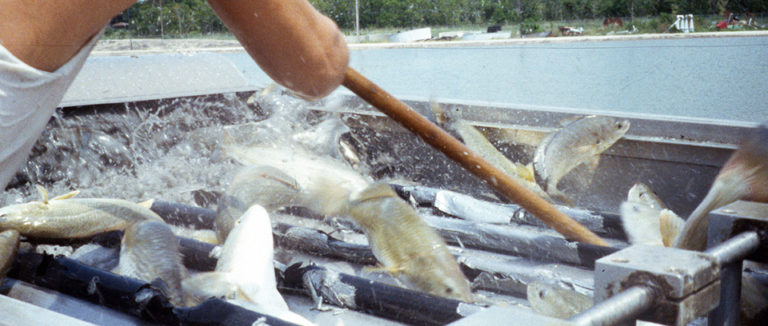
Aquafeeds
Given the finite supply of fishmeal and other marine protein sources, alternative ingredients are needed to replace fishmeal for production diets for marine fish.
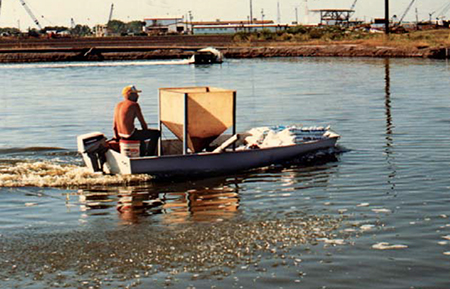
Aquafeeds
To control costs with feed efficiency, it is desirable to minimize the protein percentage, but reductions should not compromise shrimp performance.